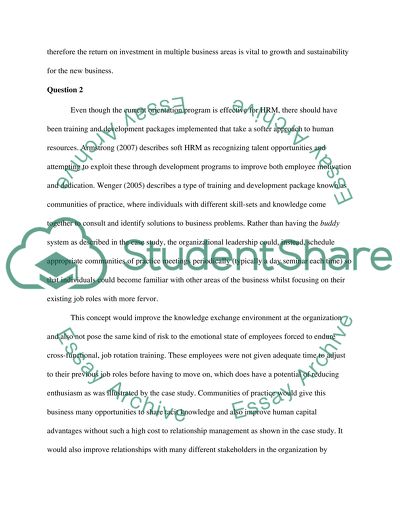Cite this document
(“HRM Portfolio: Case Study Review Questions Essay”, n.d.)
Retrieved from https://studentshare.org/marketing/1466165-hrm-portfolio-case-study-review-questions
Retrieved from https://studentshare.org/marketing/1466165-hrm-portfolio-case-study-review-questions
(HRM Portfolio: Case Study Review Questions Essay)
https://studentshare.org/marketing/1466165-hrm-portfolio-case-study-review-questions.
https://studentshare.org/marketing/1466165-hrm-portfolio-case-study-review-questions.
“HRM Portfolio: Case Study Review Questions Essay”, n.d. https://studentshare.org/marketing/1466165-hrm-portfolio-case-study-review-questions.


